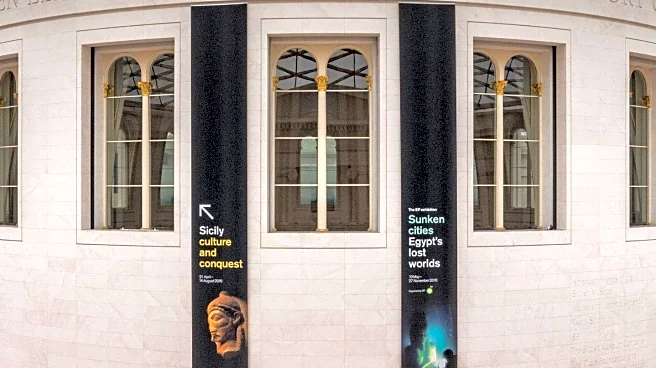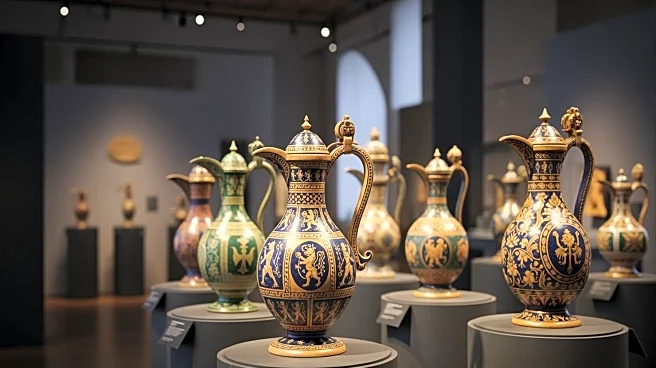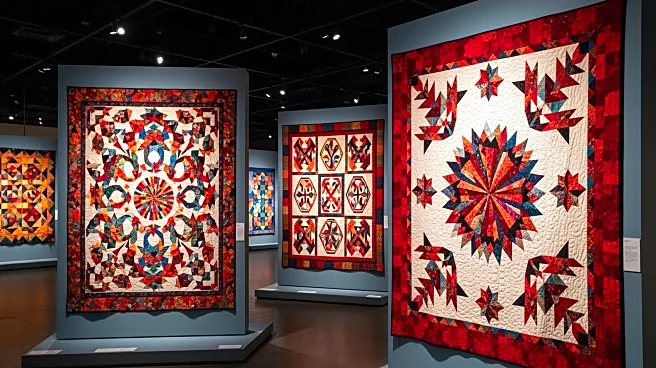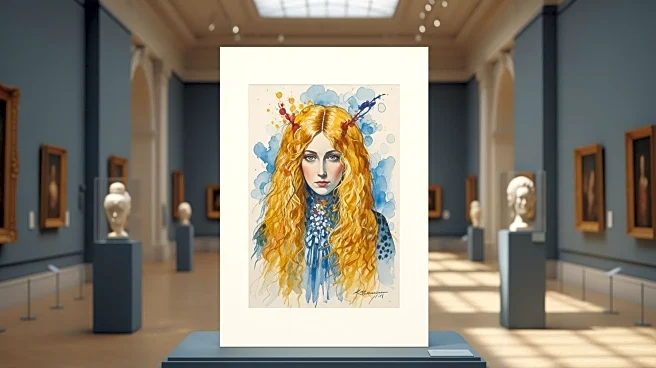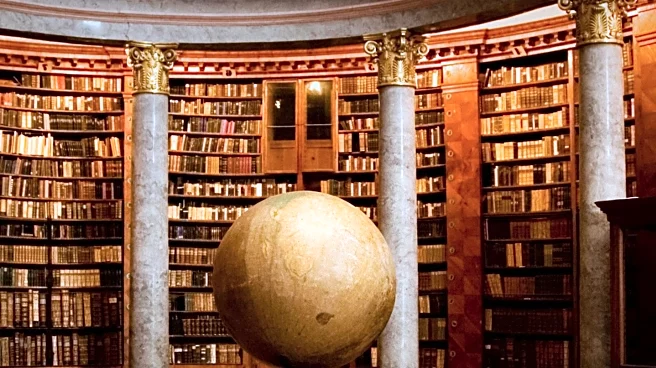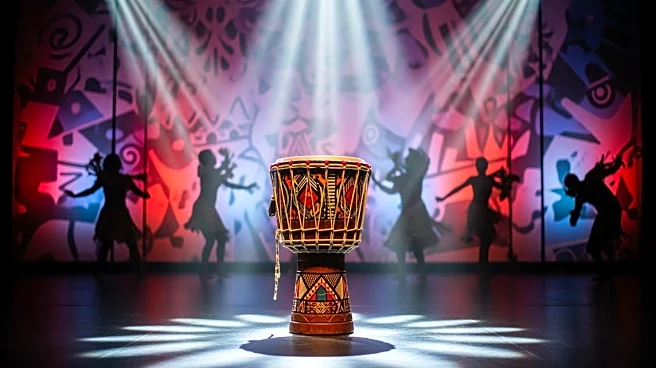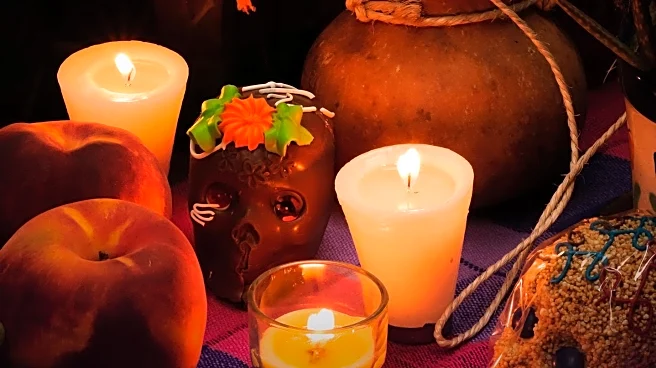What's Happening?
The British Museum is actively expanding its collection to reflect a global perspective, guided by the ethos that a static collection is a dead collection. Recent acquisitions include a significant donation
of Chinese treasures from the Sir Percival David Foundation, valued at nearly £1 billion, and a set of Samurai armor supported by the JTI Fund for Japanese Acquisitions. The museum's approach to acquisitions is informed by practical and ethical considerations, ensuring that objects are safeguarded and culturally appropriate for display. The museum's strategy involves acquiring items that tell stories about human civilization, with a focus on both historical and contemporary artifacts.
Why It's Important?
The British Museum's efforts to expand its collection have significant implications for cultural preservation and education. By acquiring diverse artifacts, the museum enhances its ability to educate the public about global history and cultural heritage. This approach supports the museum's mission to serve a global audience and reflects changing societal values towards inclusivity and representation. The acquisitions also highlight the museum's role in preserving cultural artifacts for future generations, ensuring that diverse narratives are represented in its collection.
Beyond the Headlines
The museum's acquisition strategy raises important ethical questions about the ownership and display of cultural artifacts. The process of acquiring items involves careful consideration of their cultural significance and the wishes of originating communities. This approach underscores the museum's commitment to ethical stewardship and relationship-building with global communities. The museum's focus on contemporary acquisitions also reflects a shift towards recognizing the value of modern cultural expressions alongside historical artifacts.
